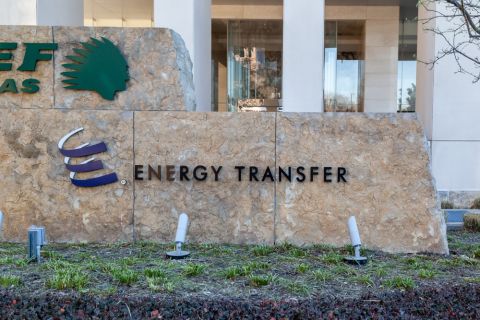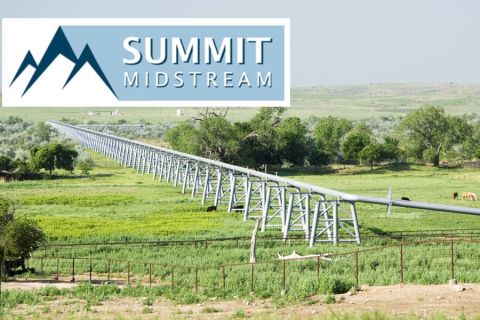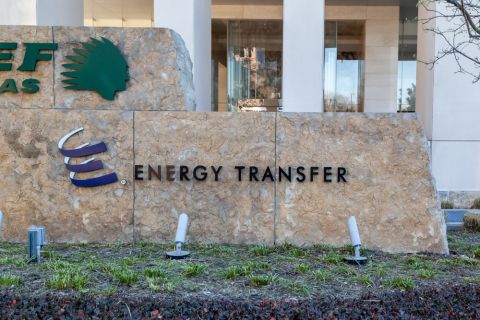Capital discipline continues as the overarching message of public E&Ps, born out of a downturn that capsized balance sheets built on growth funded by debt. Many of the larger E&Ps, in an effort to win back investors fed up with every penny of capital being reinvested at their expense, this time last year made promises to generate cash flow above $50 crude prices with shareholder rewards in mind for any and all excess. Such capital discipline would represent a paradigm shift in the mindset of oil and gas executives, who are programmed by their entrepreneurial nature to chase the next profitable molecule of hydrocarbon.
This time last year West Texas Intermediate (WTI) struggled to hold above $50. Now, WTI has sustained above $65 for six months, occasionally topping $70; Brent prices upward of $80. For oil producers, cash flow is coming in torrents.
Oil and gas stock prices, however, have not rallied along the same trend, as generalist investors remain wary. This presents a conundrum to public producers: chase the resource opportunity afforded by rejuvenated crude prices, or shun the upside and shower investors with cash-back rewards?
How tempting is that cash in pocket?
Second-quarter reports provide some insight. Large-cap E&Ps, by and large, such as Range Resources, EOG Resources Inc. and Devon Energy Corp., held steady, announcing no changes to 2018 capex plans with modest growth projections. Mid-cap E&Ps, though, told a different story, with almost all announcing spending bumps of 5% to 20%. They cited reasons including cost inflation related to rising service prices, nonop commitments, steel tariffs and, simply, to drilling ahead with the tailwind.
Granted, these capex increases remain within the vow to grow within cash flow—as cash flow increased as well—but this takes some of the sauce off the table for discerning investors. Not all were happy.
Laredo Petroleum Inc.’s 8% capex raise “spooked the market,” according to a Raymond James report, dropping by 18%. “Investors ultimately punished Laredo for another capex raise that comes on the heels of last quarter’s 6% capex raise … clearly the market was surprised.”
Parsley Energy Inc.’s stock swooned by 17% following a 17% capex increase. PDC Energy Inc. took a 22% hit in the days following its 9% increase. Anadarko Petroleum Corp. took a 16% jolt during the month following a 6% raise in capital spending.
Mind you, operationally and financially, all of these companies are doing well. Quite well. But investors want more.
While other large caps reiterated their 2018 capex plans, one stood out as a contrarian in the second-quarter updates. Awash with $5 billion in surplus capital from divestments, operational efficiencies and just cash flow from higher oil prices, Occidental Petroleum Corp. announced a $1 billion increase in Permian capex in early August—a 28% increase. Already underinvested in the play, the cash infusion would bring Oxy’s capex in-line with a couple of its smaller peers and improve cash returns on capital employed by 10% into 2019, a good thing. Another $2 billion was earmarked for share buybacks, an alm to investors.
Yet, the news didn’t go over so well with investors.
Oxy’s stock lost 4% in a day, and at press time was down by nearly 7%. On the ensuing conference call, one sellside analyst noted the “dim view” taken by the investment community as reflected in the stock’s downdraft and questioned the “right investment pace.” Another confessed to being taking aback: “The magnitude is what surprised us … How come we were not forewarned?” Another: “You could have done an awful lot more buyback.”
If one of the oil and gas sector’s best long-term investments can’t be trusted by Wall Street, who can? And for how long?
In its mid-year spending survey (done in August), Barclays confirmed North American upstream spending tracked up 15% year-over-year, noting that 38% of survey respondents plan to increase rig counts from current levels through year-end. Still, production growth projections remain tempered, which might be the longer-term new normal for publicly held E&Ps.
“‘No growth for growth’s sake’ was a refrain from producers,” according to Barclays analysts. “Generating cash flow and returns-centric capital spending strategies represent a sea change from last year.”
Despite lingering investor lethargy, shareholders will ultimately desire measured growth in the mix, the Barclays report implied.
Bernstein analyst Bob Brackett, in a Sept. 7 report, said E&Ps have shown financial discipline for three quarters in a row now, as measured by spending within cash flow. While capex has increased by 10% (reflecting Bernstein’s coverage universe), cash flows from operations have expanded by 12%. As a result, E&Ps spent just 88% of cash flow on organic capex in second-quarter 2018.
“Can it get to the perfect world of 60%?” he asked. “We think not, but a person can dream and current financial discipline is miles ahead of history.”
Ultimately, given time, this is what will win back investors.
Recommended Reading
Post $7.1B Crestwood Deal, Energy Transfer ‘Ready to Roll’ on M&A—CEO
2024-02-15 - Energy Transfer co-CEO Tom Long said the company is continuing to evaluate deal opportunities following the acquisitions of Lotus and Crestwood Equity Partners in 2023.
For Sale? Trans Mountain Pipeline Tentatively on the Market
2024-04-22 - Politics and tariffs may delay ownership transfer of the Trans Mountain Pipeline, which the Canadian government spent CA$34 billion to build.
Summit Midstream Launches Double E Pipeline Open Season
2024-04-02 - The Double E pipeline is set to deliver gas to the Waha Hub before the Matterhorn Express pipeline provides sorely needed takeaway capacity, an analyst said.
Kinder Morgan Sees Need for Another Permian NatGas Pipeline
2024-04-18 - Negative prices, tight capacity and upcoming demand are driving natural gas leaders at Kinder Morgan to think about more takeaway capacity.
Scathing Court Ruling Hits Energy Transfer’s Louisiana Legal Disputes
2024-04-17 - A recent Energy Transfer filing with FERC may signal a change in strategy, an analyst says.





